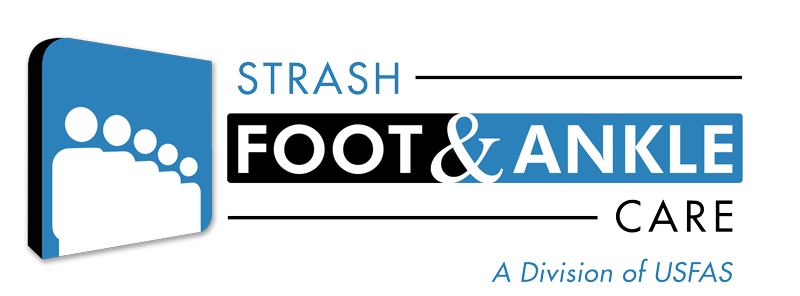14 Nov What the heck is a hammertoe and how do you treat it?!
I often wonder why on earth anyone would think a hammertoe looks like a hammer. I always thought the affected toes’ claw-like appearance resembled more of a crowbar than a hammer, since the middle of the toe bends upward, and at the end, flex downward. But, I guess crowbar toe sounds a bit more sinister than hammertoe, so I’m sure there had to have been some thought behind the name selection.
Anyway, as I’m sure you’ve probably figured out, today, the topic today is about a very common foot condition called hammertoe. And while we may disagree on what exactly a hammertoe looks like, one thing people who suffer from hammertoes and I can agree with is that if not treated, it can lead to bunions, calluses and corns, arthritis and permanent, painful deformities.
Hammertoes often develop on the second, third or fourth toes, are often accompanied by a callus or corn on top of the affected joint (caused by rubbing the toe against the shoe), and can cause pain or discomfort when walking. I don’t see many children afflicted with hammertoes, but I do see it a lot in adults. And contrary to popular belief, your shoes usually aren’t the cause of your hammertoe.
Why? Well, first a bit of background on your toes. Your smaller toes have three bones and three joints. Hammertoes happen due to what’s called an extension contracture of the joint at the ball of the foot AND a downward contracture of the middle toe joint. What does this gibberish mean? Simply put, it’s when the tendons of your toes harden, leading to rigid joints that go up and then down, causing deformity to the toes, and ultimately making toes look like a hammer (or crowbar).
So, what exactly causes a hammertoe? Usually, it’s an imbalance in the muscles of the toes or feet. For example, muscles in the lower leg and foot help with foot stability – when there’s an imbalance or weakness in these muscles, hammertoes will often occur. Some imbalances are hereditary and some are caused by neurological damage, like a stroke. Diabetes can also contribute to hammertoes.
Patients with hammertoes often see me for cosmetic reasons. They report no pain, but are self-conscious about the appearance of their feet. Others report severe pain or problems walking due to their hammertoe. Regardless of the reasons or symptoms, my main priority is to effectively treat the hammertoe, which always means an individualized plan ranging from custom orthotics to surgery.
In my experience, when hammertoes are just beginning to develop, the toes are still flexible, which means I can manually pull that toe straight – fairly easy treatment! Where it gets tricky is when people tend to put off getting treatment and ultimately, don’t come in until their toes are so rigid, surgery is often recommended.
If surgery is needed, you’re in good hands. I’m excited about recent implant technology advances specifically designed to fuse and straighten hammertoes. I’ve had much success using this kind of technology and my patients are thrilled at the results.
Remember, as with all foot conditions, don’t ignore hammertoe symptoms. If you suspect you may have one, don’t put it off or wait until permanent deformities happen. Give me a call, today – my promise to you is always to help you put your best foot forward, again!

